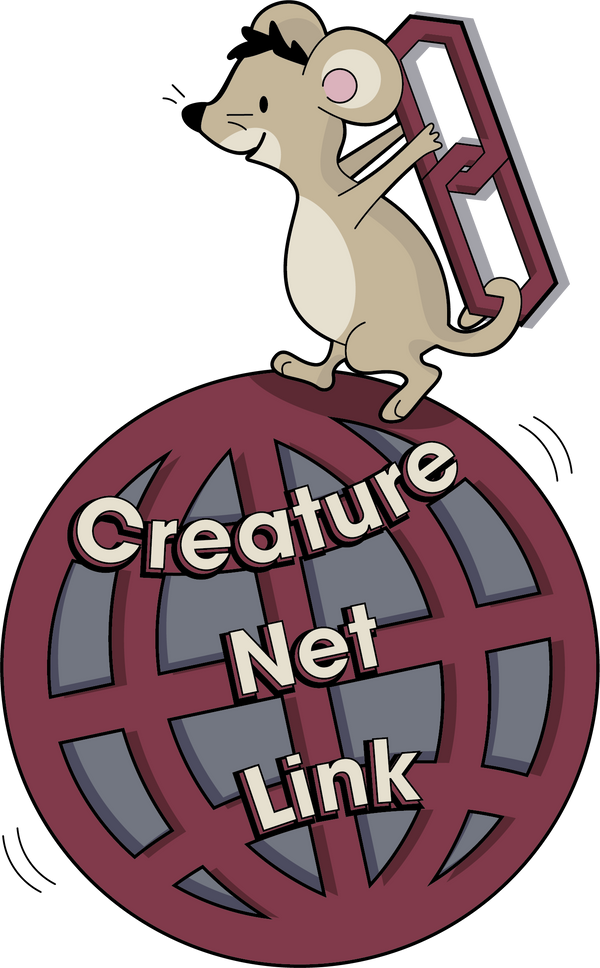
Stretching horses
Share
Our horses do their best to please us to the best of their ability. At times we ask them to push their limits physically and emotionally. Here is something that can help strengthen the horse/rider bond and also provide bodily advantages. Stretching horses after exercise offers a variety of physical and mental benefits, much like in human athletes. It helps with recovery, injury prevention, and performance.
Benefits of stretching horses AFTER exercise
- Improve recovery
After exercise, muscles are full of lactic acid and slightly contracted. Both the relaxed state of the muscle and the better circulation, of stretching, allows for improved removal of intra-muscular waste products and the necessary repair of tissue. The recovery gain is immediate, in that the horses experience greater comfort sooner, as well as enabling them to tolerate increased work load quicker.
- Lessens injury, promotes tissue repair
Stretching is not only vital for the post work recovery stage, but in the rehabilitation of injuries. Good stretching aids in the breakdown of the scar tissue and adhesions. It also plays a significant role in the process of tissue alignment and gradual strengthening of 'new' or healing tissue. A well-stretched muscle is less prone to tearing. Stretching helps identify areas of tightness or discomfort, allowing early intervention before a bigger problem develops.
- Co-ordination and balance
Stretching is a very good balance training technique for rehabilitating horses, youngsters and continuous training. Not only is the horse asked to stand on three legs, but their weight is continually pushed or pulled in different directions - requiring the horse to counter balance, weight shift and develop awareness of weight and body placement. Improves body awareness/proprioception and encourages horses to become more aware of their limbs and movement.
- Relives muscle tension and stress
Just like humans, horses can hold tension in their neck , shoulders, or hindquarters. Gentle stretching can be soothing and relaxing, reducing post-exercise stress.
- Relationship development
Regular stretching - both in young and older horses - helps to develop both trust and bonding between the horse and rider/handler. Post-exercise stretching can become a routine of trust and connection.
Types of stretches
- Active stretches
- Passive stretches
- Automatic reactions/reflexes
- Active stretches
These are performed while exercising. Very good as a tune up for performance, after adequate warm up.
The most basic active stretch is performed over trotting poles. By gradually increasing the distance between the poles, a fuller range of backward and forward joint motion is stimulated.
Certain lateral schooling exercises will encourage different ranges of leg and body movement that will act as active stretches
When: During training or part of warm up
- Passive stretches
This is a hands on technique where the horse does not engage its muscles. The handler guides the horse's limb into various positions along the natural line of movement, hereby stretching muscles and surrounding tissue.
These can be 1) Brief passive and release stretch where the limb is briefly held in the stretch position to ascertain range of motion, discomfort and irritation. 2) Static/sustained passive stretch is held static in position for 10-15 seconds. This is the stretch to perform post exercise to safely maximize benefits.
When: 1) Brief passive stretch - anytime as part of assessment or check.
2) Static passive stretch - ALWAYS after work, exercise or activity
- Automatic reactions/reflexes
These are automatic reactions of stretching muscles and joints. They are involuntary and effectively realign tissues. These can be very useful but the details are beyond the scope of this writing.
When: Pre or post work
Examples of Simple Static Stretches
- Carrot stretches - neck flexion between front legs and lateral flexibility
- Forelimb stretches gently extending the leg forward and backward to stretch, sideways away from body. circulatory movements
- Hindlimb stretches gently pulling the hind leg backward to open up the hip and forward to stretch the hamstrings. away from body. circulatory movements.
- Tail pulls gentle traction can help stretch the spine, sideways mobilization.
- Please make sure you are safe at all times. Start slowly with horses the first couple of times and be wary of horses that are fractious about their hind quarters being handled.
Stretches must never be forced. Please make sure your horse is still warm after exercise when beginning stretches. Be mindful of injuries and scar tissue and trauma. Never stretch an injured muscle. All horses, just like humans, have different flexibility abilities; get to know what your horse feels like normally and note where he/she may be tight.
Happy stretching

Special thanks to Patrick Thomas (Equine physiotherapy) for allowing me to use his notes for reference
